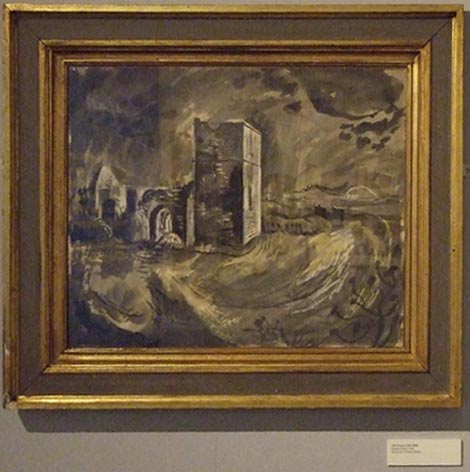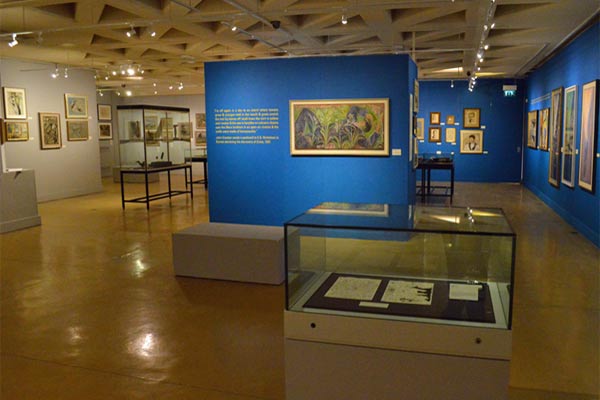I sometimes go into this church, tucked behind the Mansion House, when I am passing on the way to or from a meeting. Its site, like that of all the City churches now, has become an odd one. Rothschilds’ new building now looms over it from behind, although that has at least opened up views of the church from St Swithin’s Lane, which is a busy thoroughfare during rush hour as people come and go to Cannon Street. But the back of the Mansion House has never been an attractive neighbour and otherwise the church has building going on in its vicinity much of the time.
It has certain claims to fame. Sir Christopher Wren designed it and practised his dome-designing skills before he needed them for his rebuilding of St Paul’s Cathedral. So it has a large central dome, which was highly original in an English context when built. Bombed in 1941, it acquired the famous Chad Varah as its Rector and he founded the Samaritans. It was then blessed with Peter Palumbo as a churchwarden and it seems to have been his idea in around 1967 to set in train the long saga of the Henry Moore altar.
Moore was not a religious artist. There is his well-known piece of the Madonna and Child in St Matthew’s, Northampton, commissioned by the great Dean Hussey before he moved to Chichester, and he did little things like putting small stone heads on the church in Much Hadham in Hertfordshire, near where he lived, but generally he was not commissioned to make pieces for churches.
Here he seems not to have been briefed about the tremendous liturgical controversy he was stepping into. For the commissioned piece was to be a stone altar (rather than the usual wooden table) and it was to be under the dome rather than at the East end of the church, where Wren had placed the original altar table in its normal position. The result was a 20 year wait between original concept and final, legal certainty that the altar could stay. There were 2 court cases about the altar, no doubt costing the church a huge amount of money.
The first case (reported at 1986 2 All ER 705) was heard before Chancellor GH Newsom QC over an extraordinary 8 days in the London Consistory Court. This sat for the occasion just down the road in the church of St Mary le Bow in Cheapside in the Court of Arches. A hearing of that length would indicate a case of great complexity. Witnesses included Sir Roy Strong, who was reported as having to admit under cross-examination that he was no expert on Wren’s work, and Professor Kerry Downes, who was such an expert. All accepted that Moore was a great sculptor and that the huge carved lump of Travertine stone now sitting in the middle of the church pending judgment on its fate was a thing of beauty. But art was not the point. The liturgical question was whether a lump of stone could be a “holy table” within the meaning of the relevant ecclesiastical requirements. If it could be a table, could such a thing be placed in the middle of one of the greatest small churches in the country, completely breaking with all tradition?
Chancellor Newsom found that the stone was not, in any normal meaning of the word, a table. He also found that the Rector and the churchwarden had not established to his satisfaction that the new altar was appropriate.
There was an appeal, to an even more obscure ecclesiastical court, the Court of Ecclesiastical Causes Reserved. This is a very rare beast indeed. Since its creation in 1963, it has only sat twice. It has to have 5 judges sitting and can only consider cases involving questions of doctrine, ritual or ceremonial. Three judges have to be past or present bishops and the other two have to be senior judges from the High Court. In the case held over another 4 days in late 1986 and early 1987 (subsequently reported as 1987 2 All ER 578), the bishops were those of Rochester and Chichester , together with the former bishop of Oxford. How they must all have enjoyed themselves, considering the arcana of ecclesiastical law! More distinguished witnesses appeared. The Right Hon Norman St John Stevas was wheeled out in favour of the new altar. In the end, the weight behind the modernity of Henry Moore won the day and the Chancellor’s decision was reversed.
Today, many City churches have had funny things done to them and St Stephen’s is another example. The altar looks odd and out of place. It completely dominates the interior of the Wren church. It looks like what it is: the whim of some strong personalities. It epitomises the difficulty faced by the Church of England, as an established, State church, in trying to decide what relevance modernity has to its message. As the Chancellor rightly pointed out, tastes change and one day some new Rector would perhaps like to move the altar or even jettison it altogether. That will be difficult as it won’t fit through the doors. It only got in because building works at the time had left a large gap in the walls. It is also very heavy. One day someone like me will walk in there and it will be in a forgotten corner gathering dust (or perhaps in the Vestry, that repository in many churches of something no longer wanted in the body of the church itself. A new rector will be using it to support his kettle, showing that it was a “table” all along) or the church will be applying for a faculty to take down a wall of the church and sell it at Christie’s against an estimate of £2 million. It will be a tempting morsel of value when the church next needs expensive restoration and there is no wealthy churchwarden to help it.

